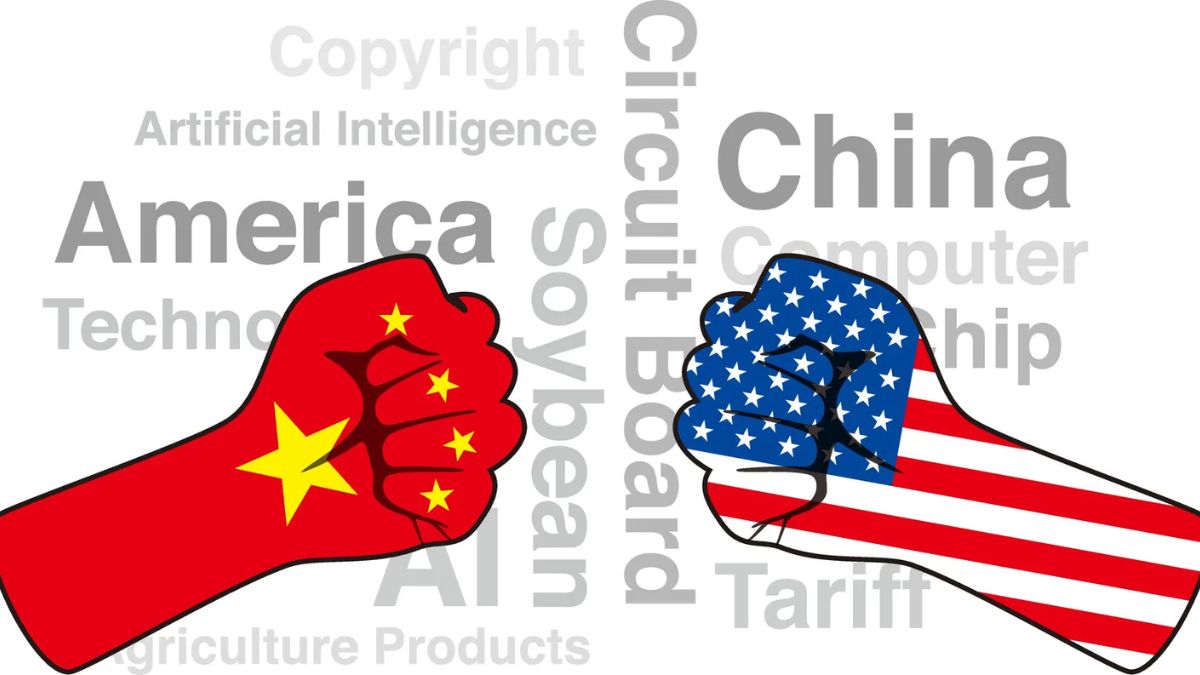 Image credits - Forbes
Image credits - Forbes
Advertisement
Recent data from the U.S. Patent and Trademark Office shows that research funded by the U.S. Defense Department, NASA, and other government agencies has resulted in over 1,000 patents granted to researchers based in China since 2010. This revelation has sparked renewed scrutiny of the U.S.-China Science and Technology Agreement, a cooperative deal that critics argue disproportionately benefits China.
The data, reviewed by Reuters and provided to the House of Representatives’ select committee on China, highlights a significant transfer of technological advancements to China, particularly in sensitive areas such as biotechnology and semiconductors. Of the 1,020 patents granted from 2010 through early 2024, 197 were in pharmaceuticals and 154 in biotechnology—fields of strategic importance for both nations.
Funding sources include the Pentagon, which supported 92 patents; the Department of Energy, which contributed to 175 patents; and the Department of Health and Human Services, which accounted for 356 patents—the highest number from any agency. Notably, NASA, which is restricted by U.S. law from collaborating with China, contributed to only four patents.
The House select committee’s chairman, Republican Representative John Moolenaar, expressed concern over the data, calling it “alarming” that U.S. taxpayers funded patents claimed by Chinese entities. The data did not reveal whether U.S. entities share these patents, nor did it specify individual projects or direct impacts of the U.S.-China agreement.
As the U.S. government debates the future of the cooperation agreement, which expired in August 2023 and has seen a temporary extension, critics argue that it facilitates the transfer of critical technology to a geopolitical rival. Supporters of the agreement warn that terminating it could stifle valuable academic and commercial exchanges, potentially isolating the U.S. from insights into China’s technological advancements.
The data also reflects a decline in patents granted to Chinese researchers from a peak of 99 in 2019 to 61 in 2023, with 16 in the first quarter of 2024. This trend underscores the ongoing tension between fostering international scientific collaboration and safeguarding national security interests.
China’s rapid growth as the world’s leading filer of patent applications further complicates the debate, raising questions about the balance between open scientific exchange and protecting proprietary technologies. As negotiations continue, both sides are seeking a revised agreement that addresses these concerns while maintaining avenues for cooperation.
